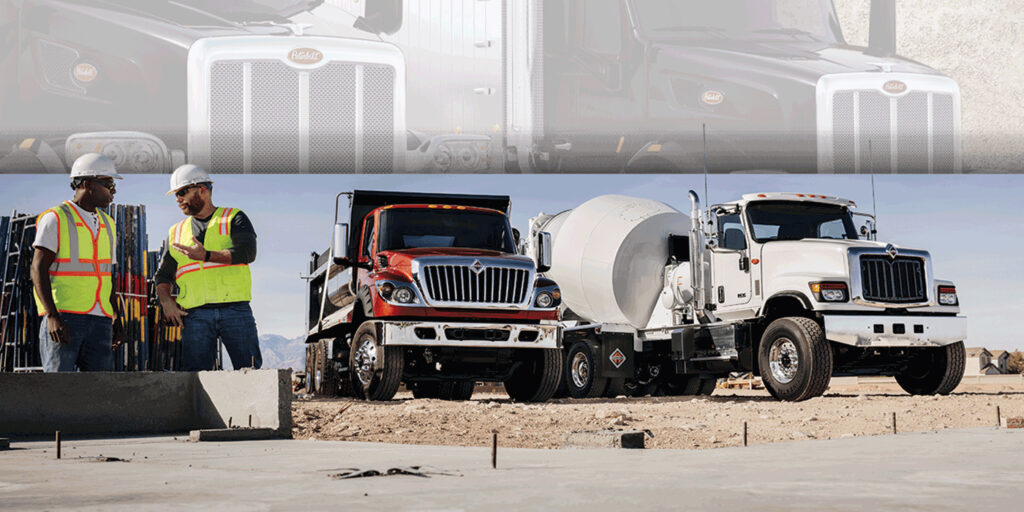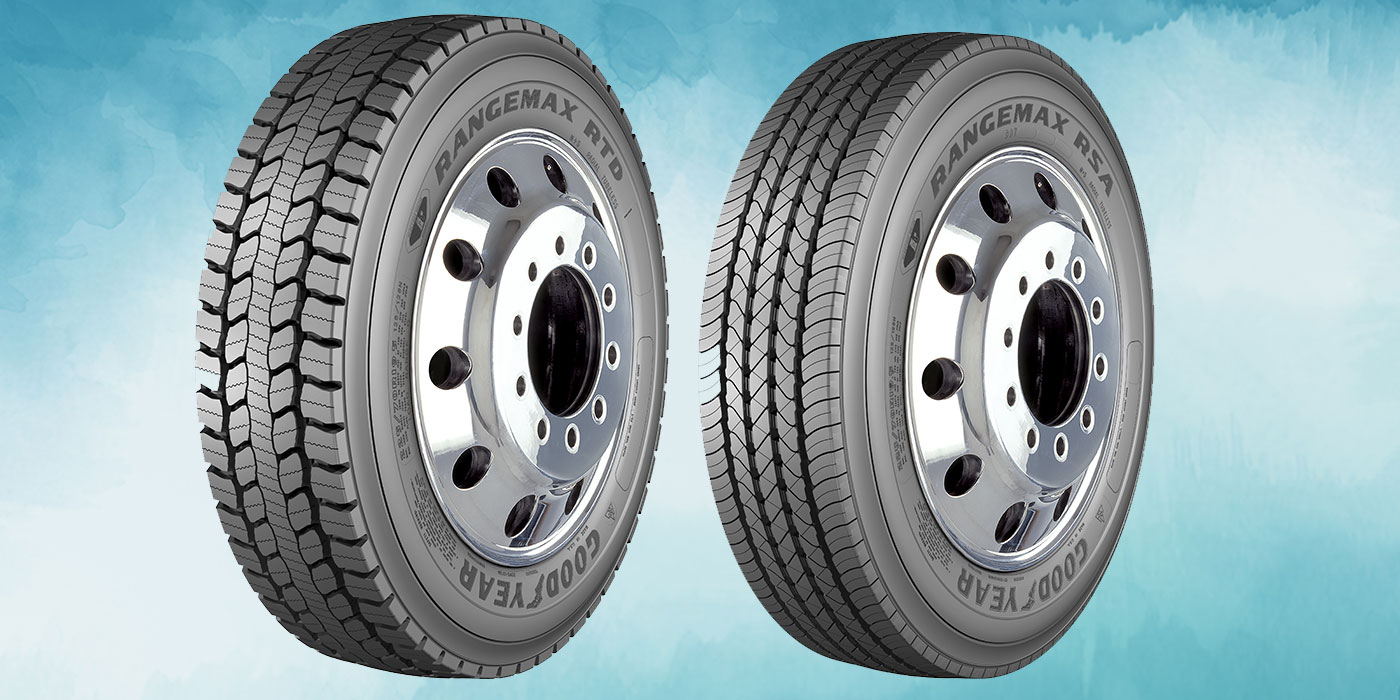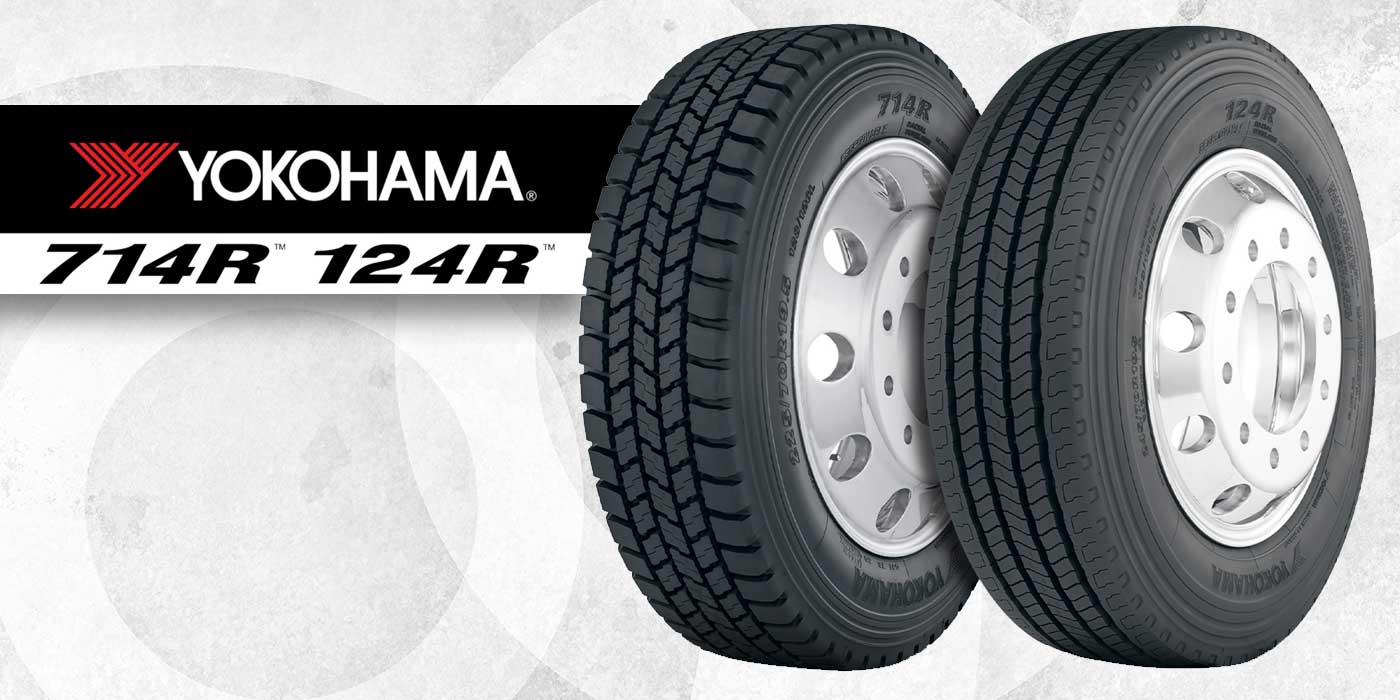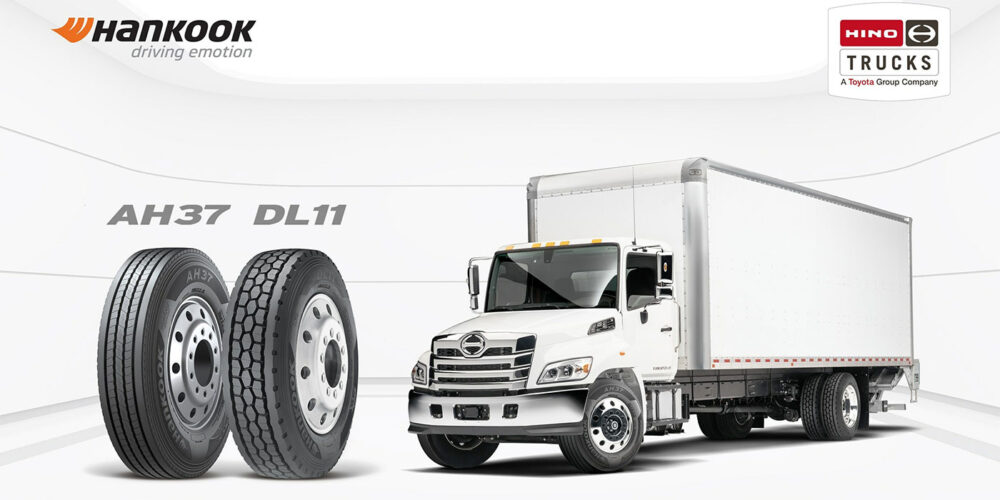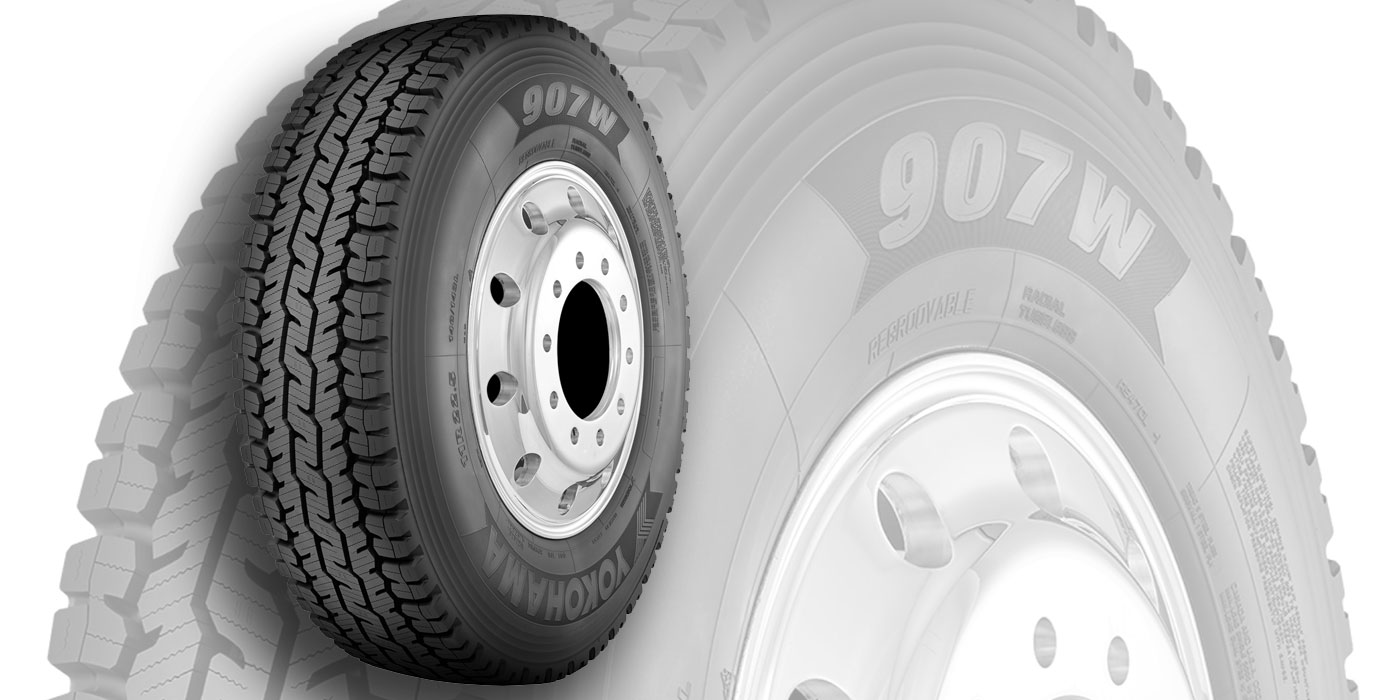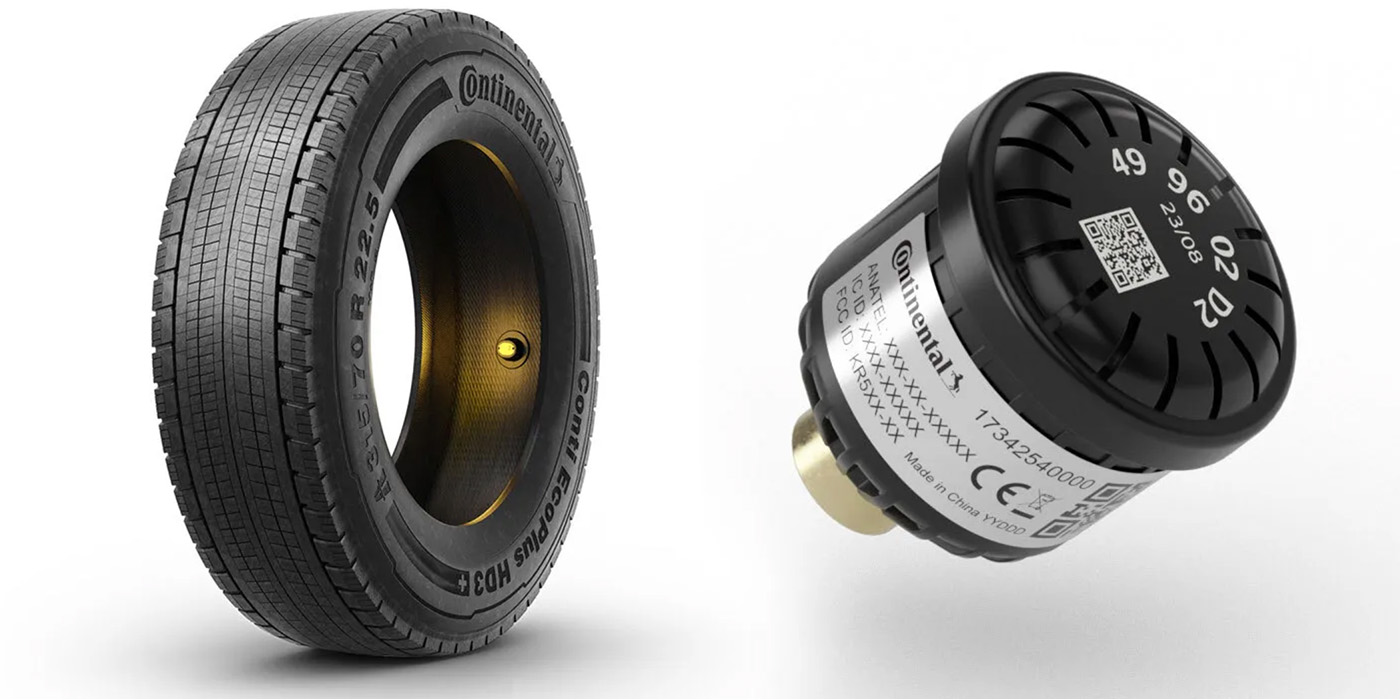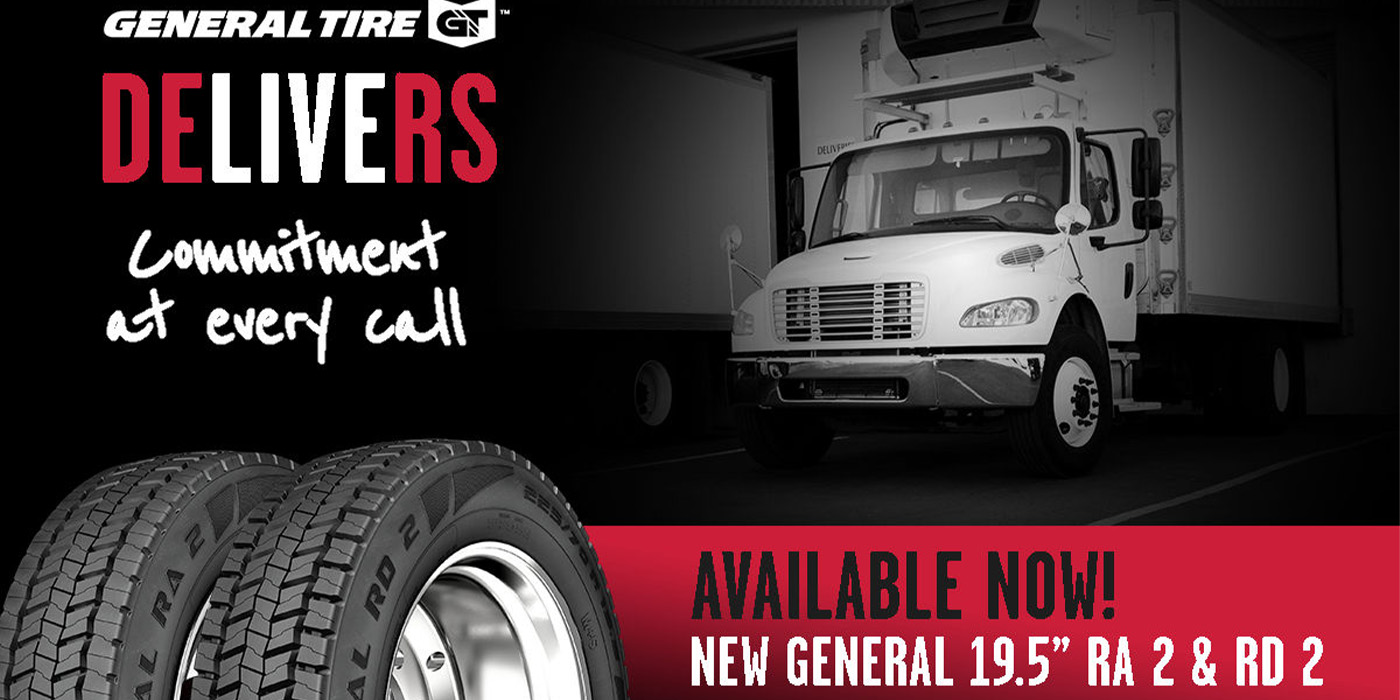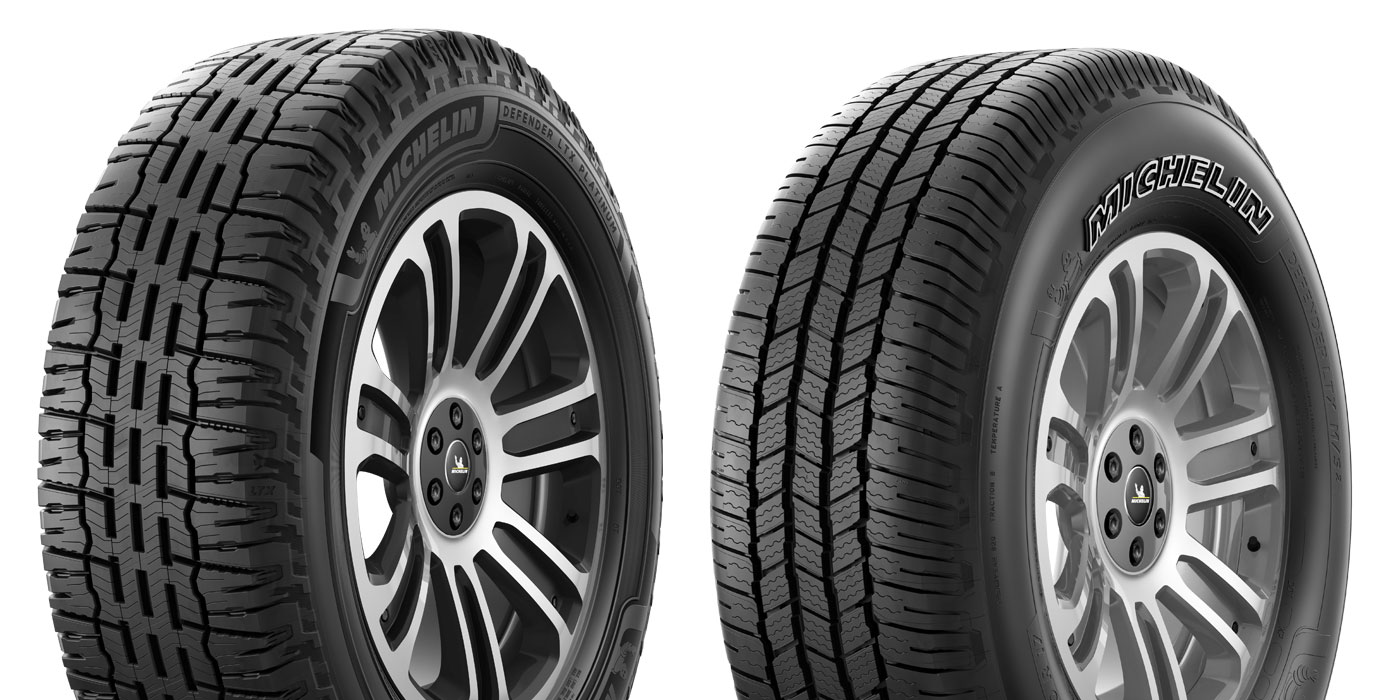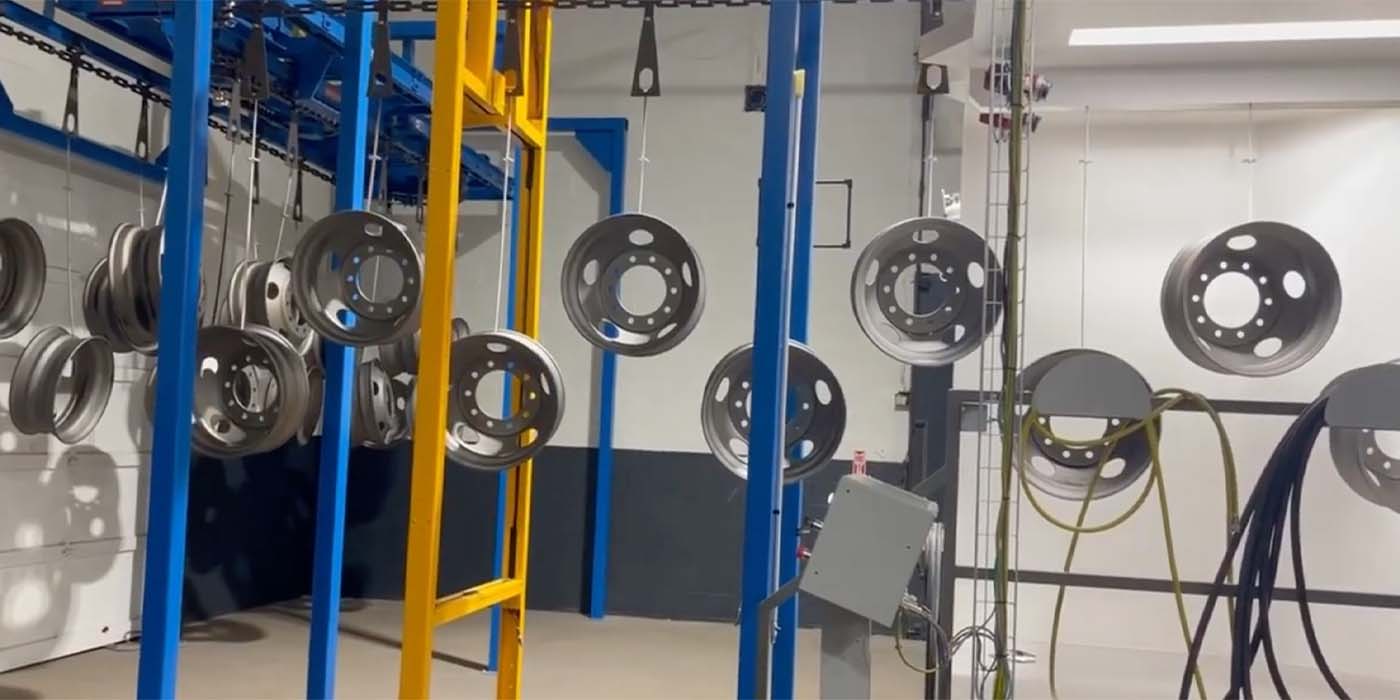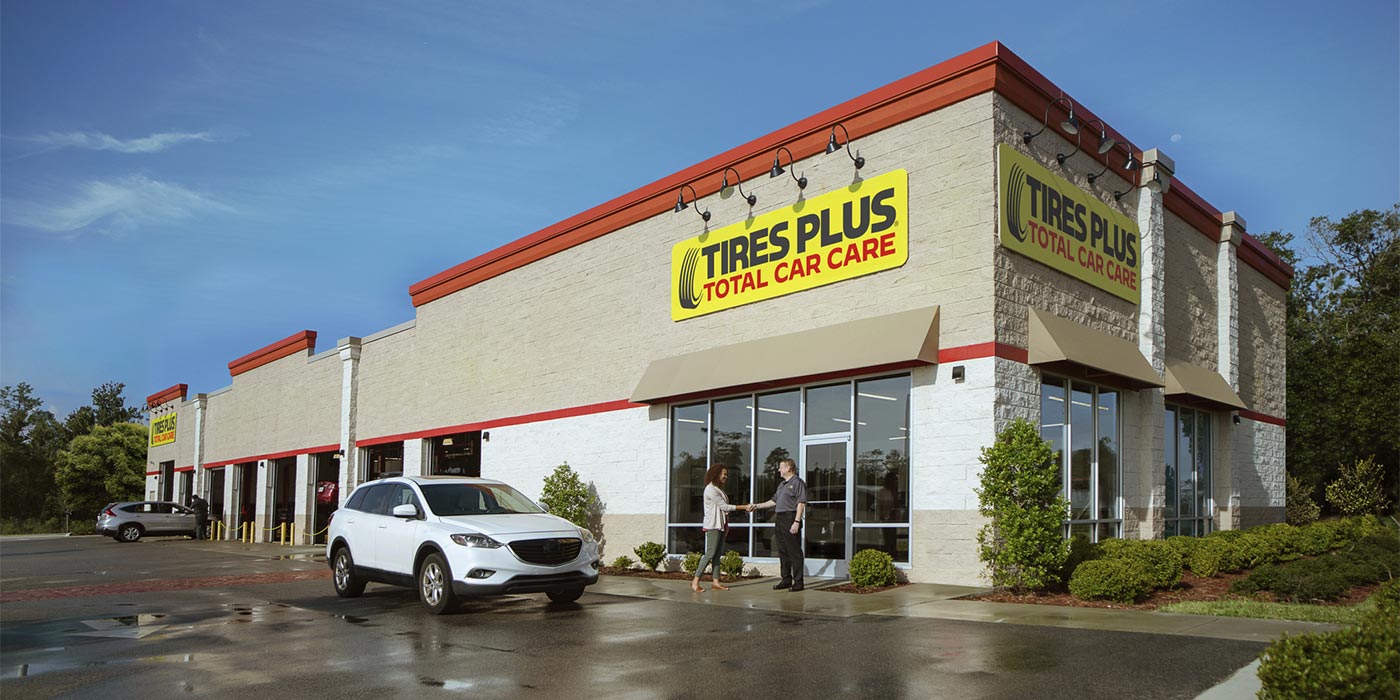Are you familiar with the Mandela Effect? It’s a phenomenon that makes us remember something differently than how it is. There are a ton of examples, one of the most common in circulation being the right way to spell “The Berenstain Bears” (that’s not a typo. It’s never been BerenSTEIN).
Those of you scratching your heads are likely doing so either because you’re still Googling the correct spelling of the classic children’s book series or because you have no idea what this has to do with tires.
Ready to have your mind blown? Here it is: Retread tires are actually a great choice for vocational trucks (also not a typo!).
If this isn’t news to you, you should know that this might still be news to some fleets out there. Keith Iwinski, director of marketing for Bandag, U.S. and Canada, Bridgestone Americas Tire Operations, explains that many vocational fleets may overlook retreading as an option due to the rugged nature of some applications. He says the belief that new tires will be able to perform better or offer greater reliability is fairly common in the industry.
“But this could not be further from the truth,” Iwinski says. “The Bandag process delivers tires through a complete and thorough inspection that offers performance and a warranty comparable, if not equal to, a new tire. Additionally, if new tires are damaged in the process of a fleet’s rugged application, they can cost twice as much as a retread. The performance of a retread and its average cost per mile in most vocational environments far exceeds new tires.”
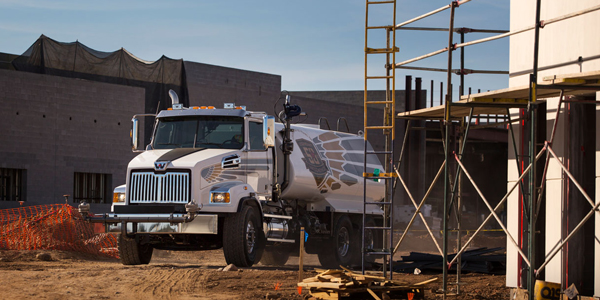
David Stevens, managing director for the Tire Retread & Repair Information Bureau (TRIB), says no matter the operating environment, selecting the right tire for the right application is the same whether a fleet is choosing tires for over-the-road trucks or vocational trucks.
“Just as the tire manufacturers have multiple new tire products to meet various demands, their retread arms and independent retreaders can meet those same needs through retreaded tires,” Stevens explains. So, he adds, tire dealers are making a mistake if they avoid selling vocational vehicle customers, like those in the logging or construction industries, retread tires because they might not stand up to the rigors of the job.
“All of the benefits that exist for on-highway trucks with retreads can translate to vocational trucks,” Stevens says. “Safety, performance and reliability? Check. Lower total cost of ownership? Check. Huge environmental savings? Check.”
In fact, some vocational applications, such as waste hauling, could potentially retread a single tire up to seven or eight times or more, depending on the casing and tire history, he says.
To achieve this kind of longevity in a retread tire, it’s important to keep its casing in good shape. While identifying worn tread can be relatively straightforward, knowing when the casing has gone bad isn’t always as easy. This is where the tire dealer can step in to help.
According to Phil Mosier, Cooper Tire manager of commercial tire development, regular rotations and alignments are important ways to save a retread tire casing from early retirement.
“At the end of the day, a retreader is accountable for the tire that they retread, so they aren’t going to retread a tire if they don’t trust the casing,” Mosier says. “Common reasons tires are rejected are due to damage caused by running underinflated tires or by overloading them. Driver-related behavior, such as curbing, can also be a contributing factor.
“Tread pattern and the cost of the tire get a lot of attention from fleet managers, but it’s the casing that is often the unsung hero in a commercial tire,” Mosier adds. “It’s the foundation of the tire and what allows you to receive multiple retreads. It’s the true driver in lowering [a fleet’s] overall cost of ownership. I always advise fleets to look at the tire, then look even closer at the foundation of the tire: the casing.”
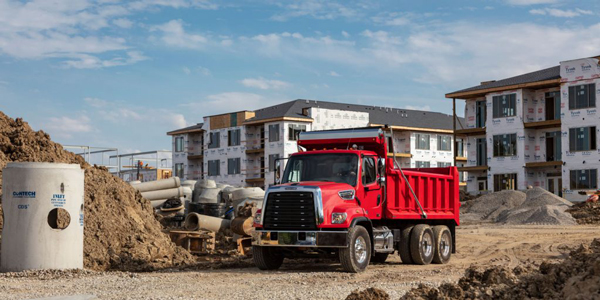
Bandag’s Iwinski says the company commits to applying the same technical and methodical approach to manufacturing retreads no matter the application through its proprietary 10-step manufacturing process. When it comes to testing retread tires for vocational applications, he says Bandag goes above and beyond the typical call of duty due to the harsh environments these trucks sometimes see on a daily basis.
“Testing must take place in significantly different environments and over different lengths of time to accurately assess application-specific treads,” he says. “Retreads for vocational fleets are designed for durability and efficiency as they are utilized in high scrub, short-haul environments. Within the construction and logging industries, severe conditions can shorten the amount of time available to gather data on retreads. This makes it incredibly important that we work closely with our fleets and dealers to most effectively test new products in their natural environments.”
Iwinski says Bandag has a number of tools available to further aid dealers aiming to sell more retreads to fleets, including those running vocational trucks. One of these is the “Bandag Challenge,” where a cross-axle test of two similar vehicles running similar routes pit Bandag retreads against similar competitive products in a head-to-head cost-per-mile comparison. At the end of the Bandag Challenge, if a fleet does not see cost savings with Bandag retread tires, Bandag will cut a check to the fleet for the difference.
Dealers can contact Bandag or visit the company’s website for more information on the Bandag Challenge or a handful of other programs, like “BaSys Manufacturing” that gives dealers the ability to follow a tire through its service life, or “Toolbox,” a mobile and web-based tire inspection tool. Fleets shouldn’t underestimate tools like this and should contact their retreader of choice to see what is available for their brands.
Iwinski also encourages dealers to work together with the company’s field-deployed sales force to help with the proper tread selection when talking to vocational fleets about their next truck tires.
“The partnership between dealer, fleet and manufacturer is critical to these businesses,” he says. “The lifecycles are much shorter and the environments less forgiving, so the economics of these partnerships become evident much more quickly.”
Casings of the Future
As development for the next generation of tires begins, Phil Mosier, Cooper Tire manager of commercial tire development, says that Cooper will place an emphasis on developing casings that will further assist its tires’ ability to reduce rolling resistance and improve fuel economy.
“It’s not talked about much, but the casing itself plays a big role in fuel efficiency. On our Cooper PRO Series tire, it provides around 70% of the overall rolling resistance,” says Mosier. “Paying attention to casing compounding, in part, is what allowed us to develop Cooper’s ECO (Energy Conservation Optimization) technology. It combines tire design, compounding and construction to provide an ultra-low rolling resistance tire that both exceeds SmartWay standard requirements by 15% and meet future EPA’s greenhouse gas (GHG) emissions requirements.”

